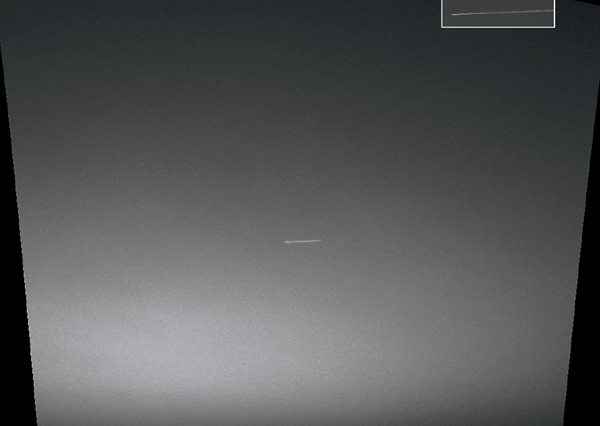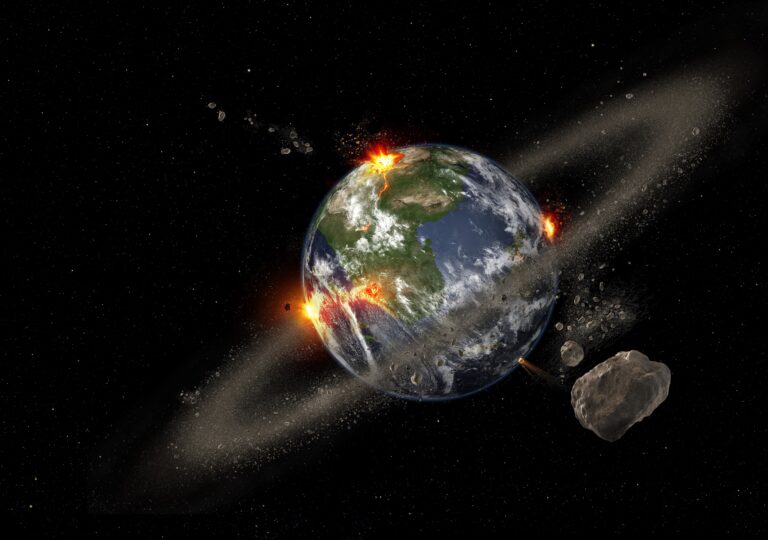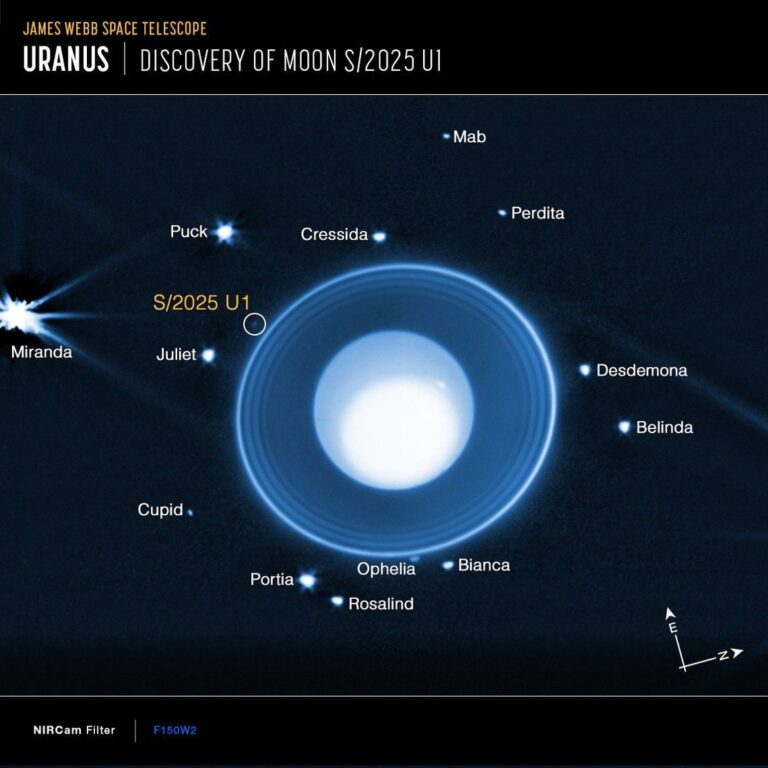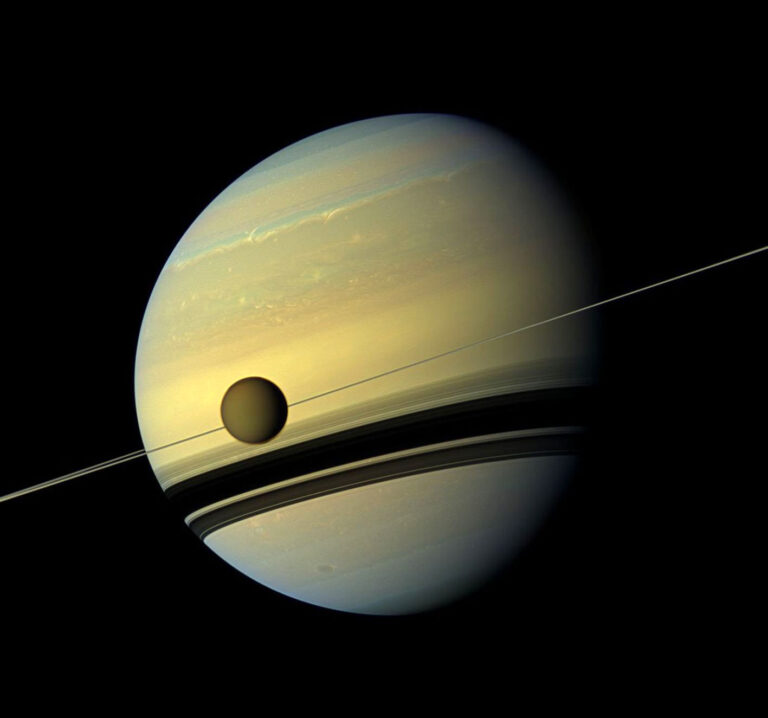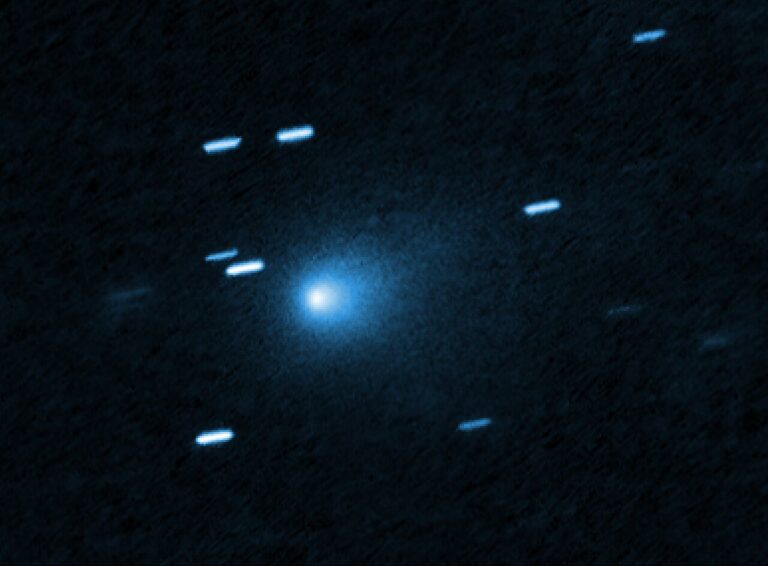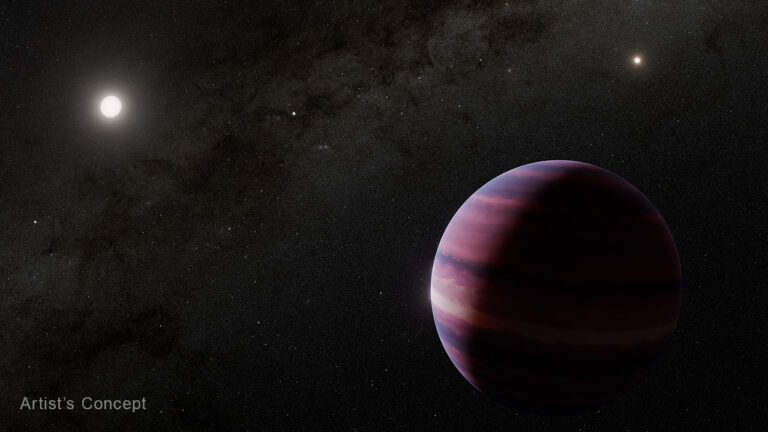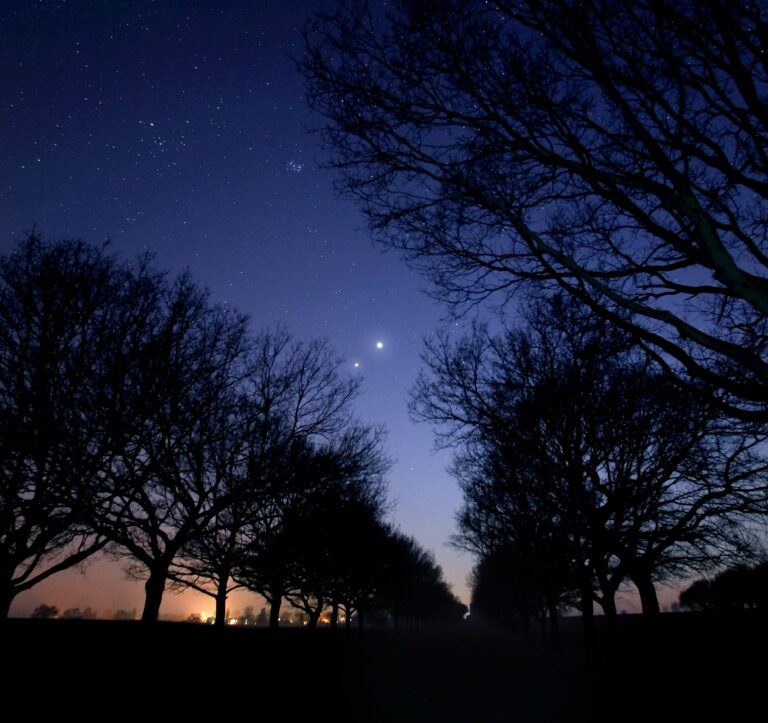Key Takeaways:
Q: Is it possible to see meteors on Mars, or is the atmosphere too thin?
A: We use the term “meteor” to refer to the light produced when material from space enters a planet’s atmosphere. Friction between the air and the fast-moving object creates light. If any part of the object survives to impact the ground, it is called a meteorite.
We do know that meteorites exist on the surface of Mars. As of July 2018, at least six meteorites had been confirmed and formally named, all found by robotic rovers. But could they have produced light on the way down? The answer is yes — despite the atmosphere’s low density, meteors should be visible on Mars.
In 2008, researchers announced they’d seen, in data taken by the Mars Global Surveyor satellite, signatures of a meteor shower in the martian atmosphere. The shower had taken place in April 2003, as material from Comet 79P/du Toit-Hartley streaked through the air, leaving a fleeting layer of plasma in the atmosphere about 50 to 59 miles (80 to 95 kilometers) above Mars’ surface. The satellite hadn’t seen the meteors themselves, but it did detect signs of the resulting plasma.
From the ground, Mars rovers have also looked to the skies in search of meteors. A June 2, 2005, paper in Nature reported that a streak in the martian sky, imaged March 7, 2004, by the Mars Exploration Rover Spirit, was likely a meteor associated with debris from Comet 114P/Wiseman-Skiff. If so, it is the first image of a meteor seen on another world. However, based on its location and motion, researchers could not rule out the possibility that the streak may have been the defunct Viking 2 orbiter, which still orbits the Red Planet.
Additionally, the panoramic cameras on Spirit and its sister Mars rover, Opportunity, were periodically pointed upward to observe the martian sky at night, looking for telltale streaks left by meteors. In composite images taken by Spirit on November 18, 2005 — a time when Mars was passing through the debris trail left by Comet 1P/Halley — three streaks that may be meteor trails through the martian atmosphere appear. However, streaks can also be caused by cosmic rays hitting the camera’s detector — so, again, it’s hard to tell for sure whether the images captured meteors.

